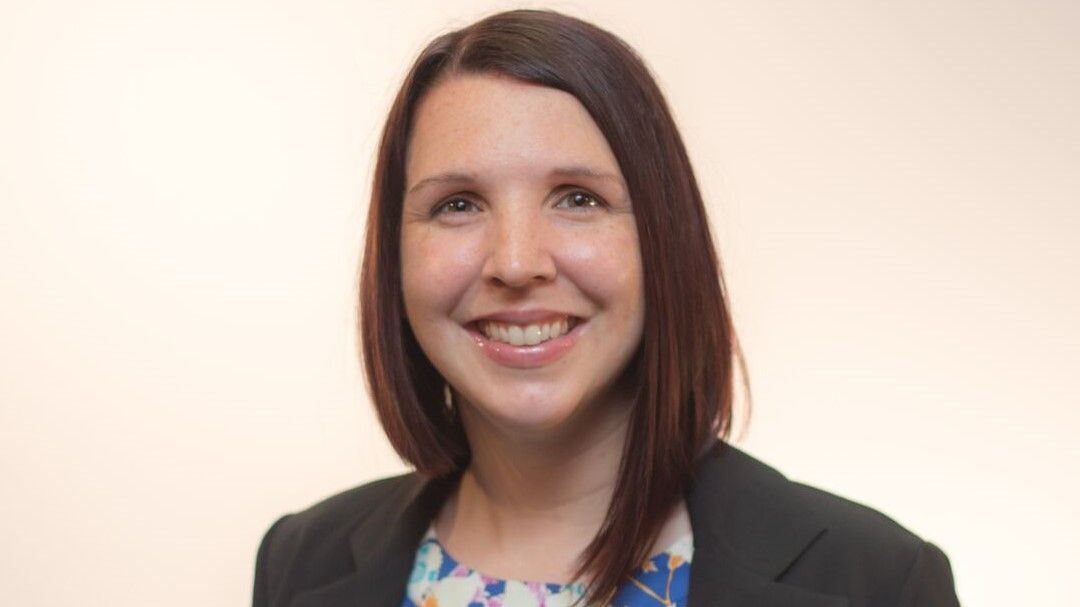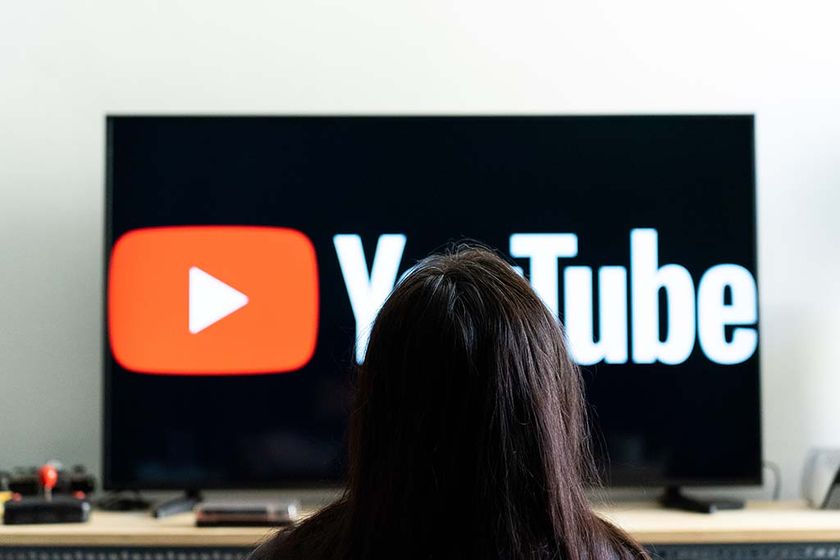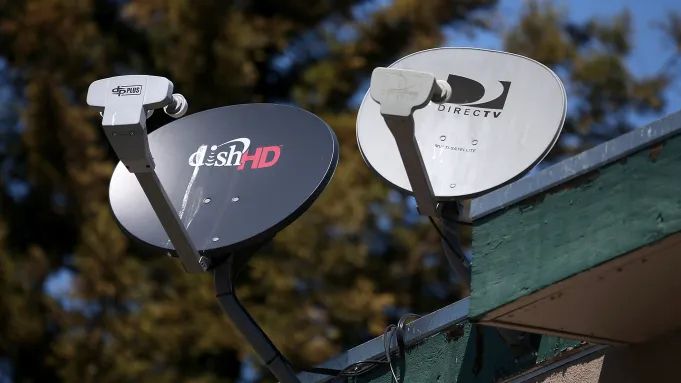Nielsen Defends Panels, Attacks Competitors’ Big-Data Approach
Using data sets increases ‘the possibility of waste and fraud‘

Nielsen is defending its use of old-school panels to measure TV viewing as much of the business looks to rely more on big data to create alternatives to the ratings measurement firm that has infuriated and dominated the industry for decades.
Ad Industry Seeks Alternatives After Nielsen Loses Seal of Approval
In an op-ed article on Broadcasting+Cable’s website, Nielsen senior VP, data science, Molly Poppie asserts that the big data sets the industry can use “have very real limitations.”
Companies like Comscore, for example, which recently switched from using Nielsen Portable People Meter panel to using other big-data sources as its methodology for person-level measurement, will be providing “a less accurate read on who is watching what,” Poppie said.
Comscore is one of a number of measurement companies relying heavily on big data to provide alternatives to Nielsen.
VAB Launches Measurement Task Force; NBCU Signs On
In the piece, Poppie acknowledges that “no panel is perfect, as the past few months have demonstrated.” What happened in the last few months is that Nielsen’s national TV ratings service lost the Media Rating Council’s seal of approval because pandemic-related defects in Nielsen’s panel led the company to undercount viewing.
Broadcasting & Cable Newsletter
The smarter way to stay on top of broadcasting and cable industry. Sign up below
Nielsen Responds to Challenges With New 'Audience Is Everything' Branding
But while panels have issues, big data is not a magic bullet, she said.
“The majority of data sets out there today are built around billing information or online behavior collection, not demographic profiles. They don’t have the rich details about exactly who the people are on their lists — from age, to income, to race and ethnicity — the way you do with a robust panel. These data sets, because they’re created by machine to machine transfers, also increase the possibility of waste and fraud,” she said.
Big data sets also have a bias towards white, affluent and older individuals, leaving minorities and low-income people underrepresented.
“To be clear, this is not just a Comscore issue. This is an issue with all the big data sets out there currently,” Poppie said.
Poppie said that Nielsen understands the value of big data and is adding it to its national TV measurement service.
“We know that many industry players are excited about the promise of big data, we are too. But as an industry we need to be honest about what big data can and can’t solve for. And we too understand that the future of media measurement is an approach that combines the reach of big data with the verified personal data of robust panels,” she said.
Jon has been business editor of Broadcasting+Cable since 2010. He focuses on revenue-generating activities, including advertising and distribution, as well as executive intrigue and merger and acquisition activity. Just about any story is fair game, if a dollar sign can make its way into the article. Before B+C, Jon covered the industry for TVWeek, Cable World, Electronic Media, Advertising Age and The New York Post. A native New Yorker, Jon is hiding in plain sight in the suburbs of Chicago.

















